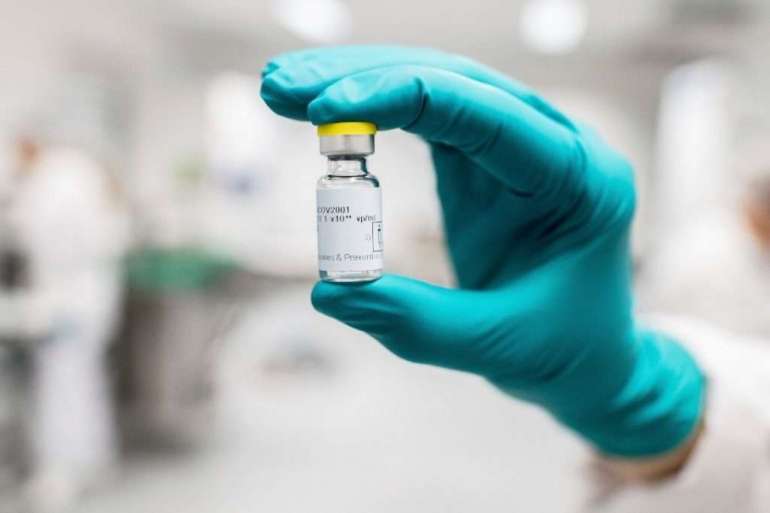FDA panel endorses Johnson & Johnson vaccine in 22-0 vote

“We need vaccines that are effective and well-tolerated. And importantly, ones that are simple to deploy,” said Gregory Poland, director of the Mayo Clinic’s vaccine research group, who spoke at the meeting as part of J&J’s presentation.
The FDA panel, known as the Vaccines and Related Biological Products Advisory Committee, voted 22-0 in favor of authorizing the shot. FDA is not bound by the group’s recommendations but often follows them.
“We have all seen the news about the Johnson & Johnson vaccine today,” President Joe Biden said Friday night while touring a vaccination site in Houston, Texas, run by the Federal Emergency Management Agency. “The third safe effective vaccine, and it’s out. They have approved it today,” he added, although the FDA is not expected to authorize the vaccine until the weekend, and full approval could take months or even years.
But questions remain about the Johnson & Johnson vaccine’s efficacy in older people with some common health problems.
The company’s limited data on how well the vaccine protects people over 60 years old with risk factors — conditions such as obesity, heart problems and diabetes — suggests the shot may be only about 42 percent effective in that group. Both FDA and the manufacturer say that the sparse data could skew those results and the shot could turn out to be more effective after additional data is collected.
There are also concerns about blood clots in people who received the vaccine, though most of them had prior health conditions. J&J insists there is no tie to the shot, but FDA said it is worth monitoring how often blood clots occur in the broader population to get solid answers about what happened for those people, including a 25-year-old with no prior medical conditions.
Those questions could set the vaccine up for more limited use than its predecessors from Pfizer/BioNTech and Moderna. Both those vaccines — based on messenger RNA technology — are cleared for adults of all ages, without serious concerns about side effects.
The J&J vaccine uses a different technique that relies on an adenovirus modified to pump out harmless copies of the spike protein that the coronavirus uses to latch onto cells.
Data in 193,000 people who have received other J&J vaccines made with the same technology — such as an approved Ebola shot — suggests that it should be safe in seniors, pregnant women and people with conditions like HIV/AIDS, said Johan Van Hoof, global therapeutic head for these types of vaccines at J&J’s pharmaceutical unit Janssen, at the FDA meeting.
Vaccine experts and health care providers insist that the J&J shot could take a key role in curbing Covid-19 hospitalizations and deaths. While the vaccine is less effective than its authorized peers at broadly preventing infection — and significantly less effective against B.1.351, the variant first found in South Africa — it is extremely effective at curbing severe illness.
J&J executives are keen to emphasize this advantage.
“It’s all about the fear of getting really sick and getting sick enough potentially to seek medical attention, and to the point where one might need to go to the hospital or even die,” said Mathai Mammen, Janssen’s global research and development head, on an investor call in January. “Success against severe illness is by far the most important feature from a public health standpoint.”
Experts on the FDA panel largely appear to agree that this is a key benefit — to the point that it could even been considered a primary goal, or endpoint, in vaccine trials along with the current goal to prove broader protection.